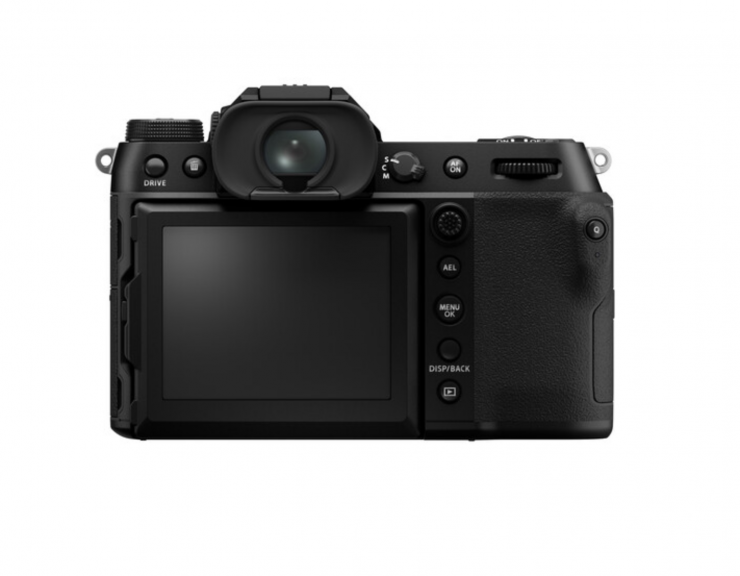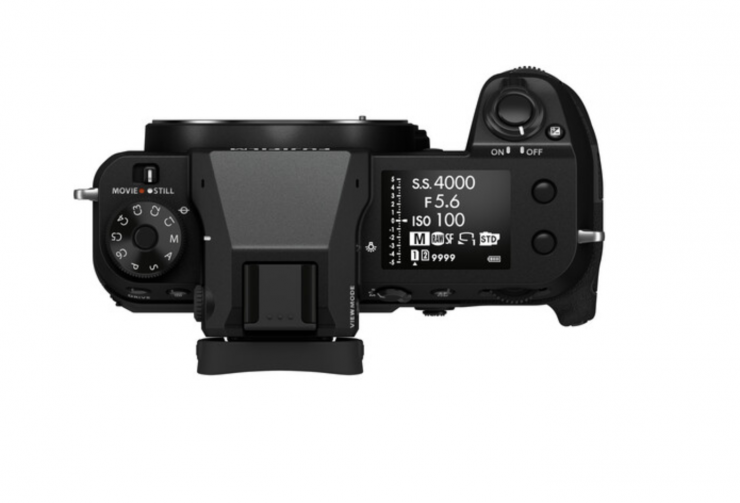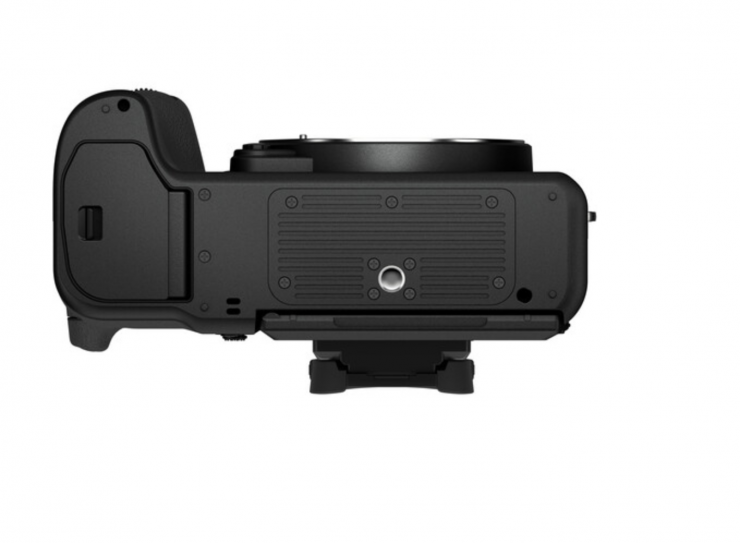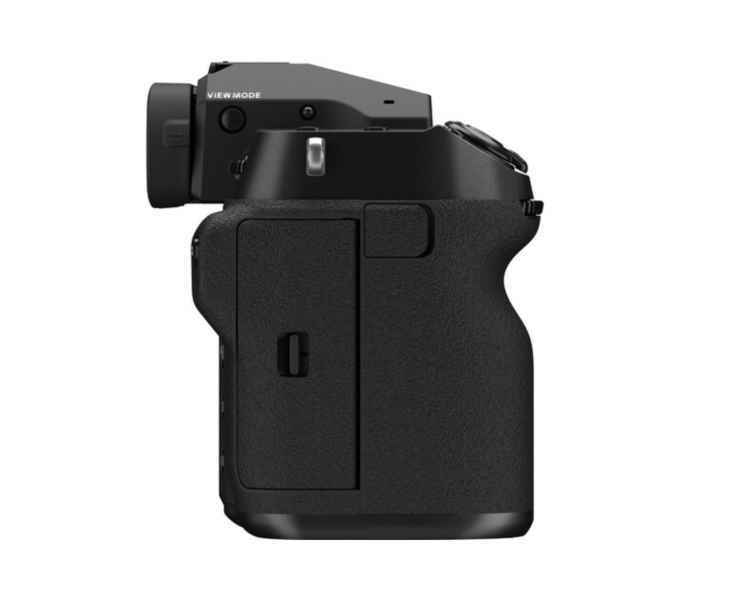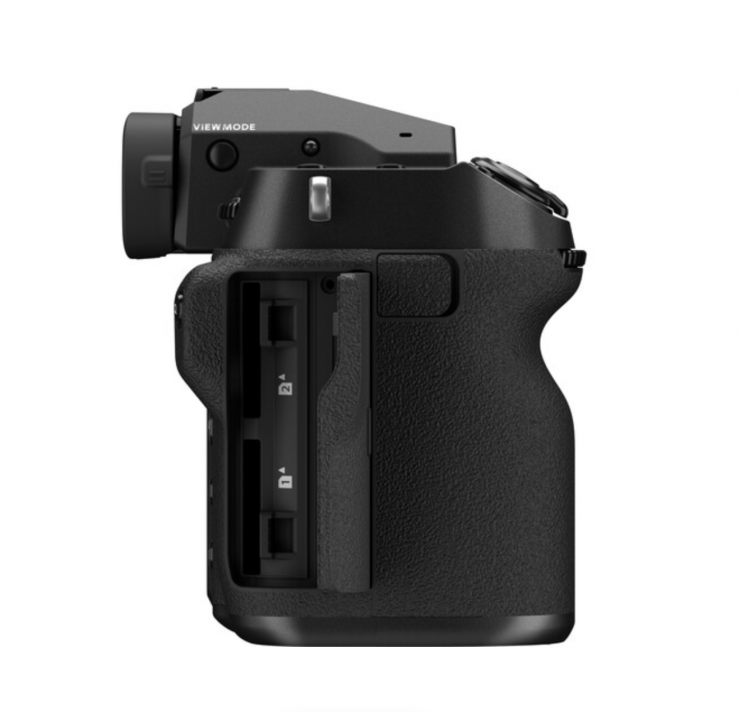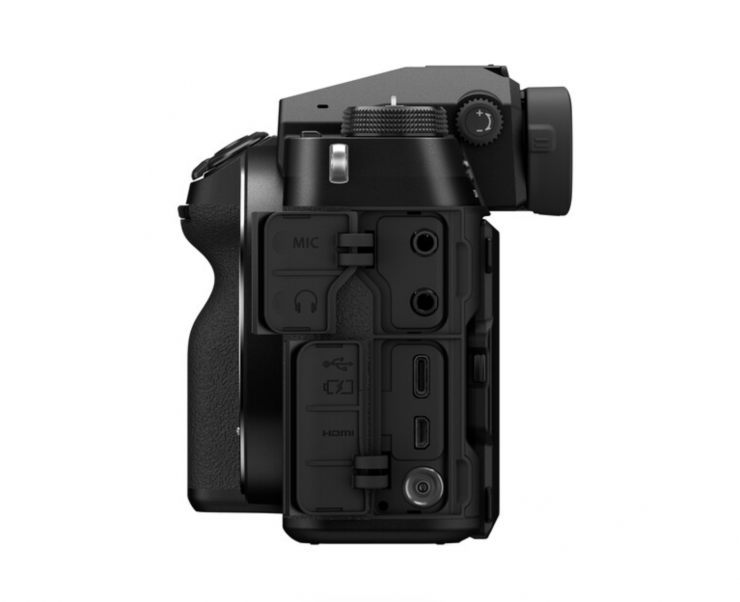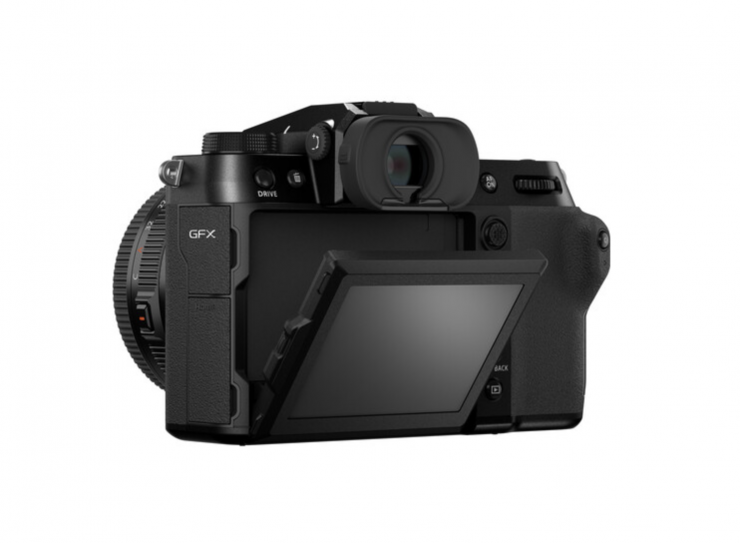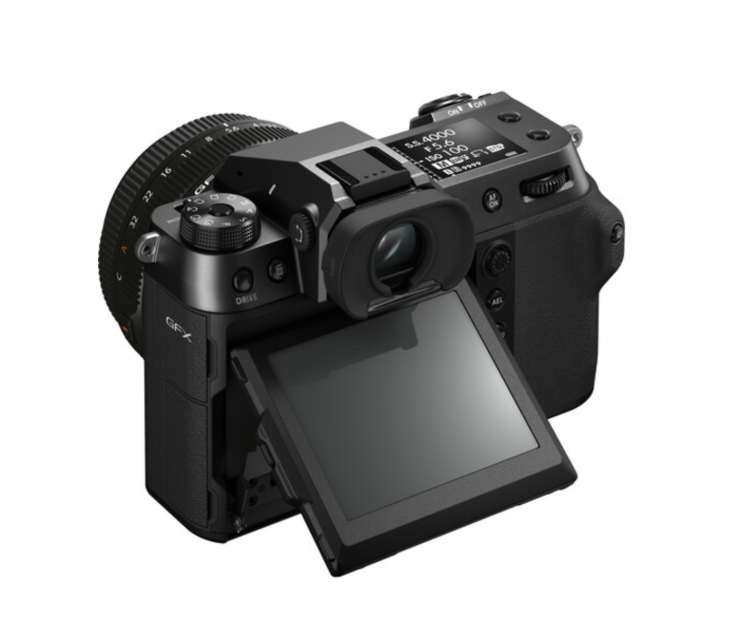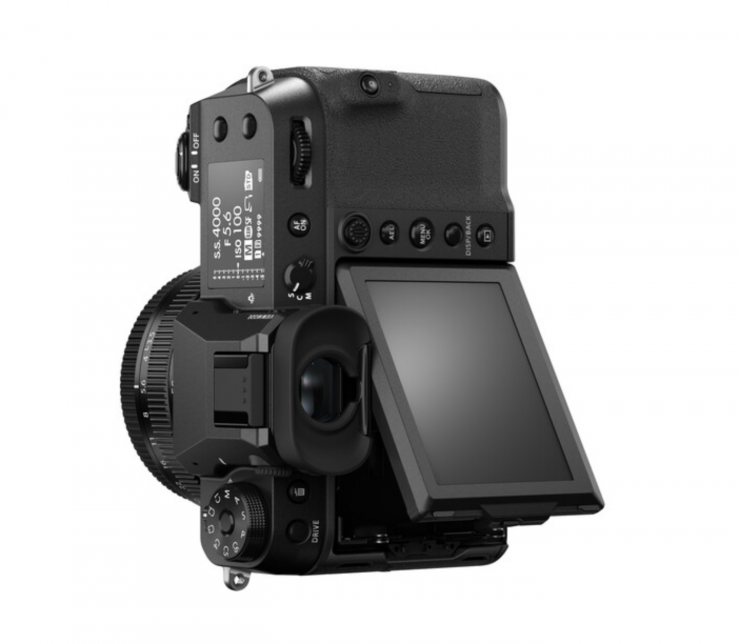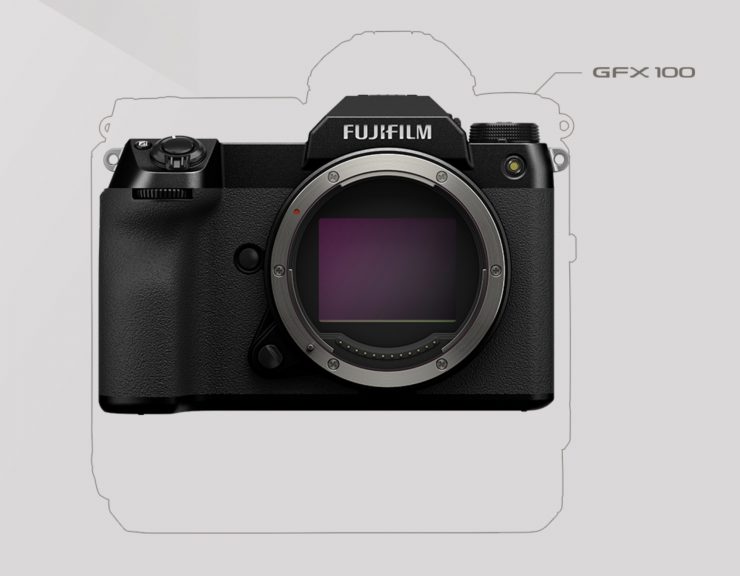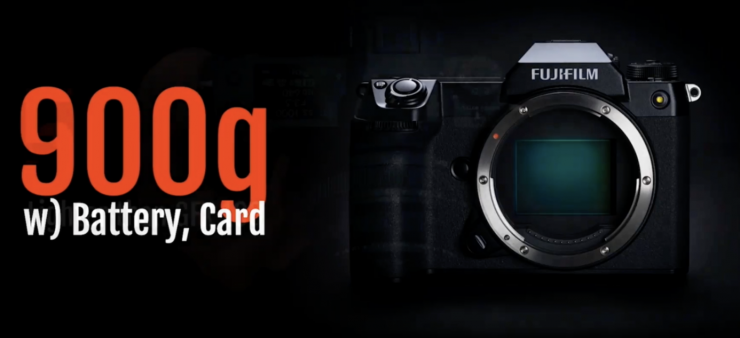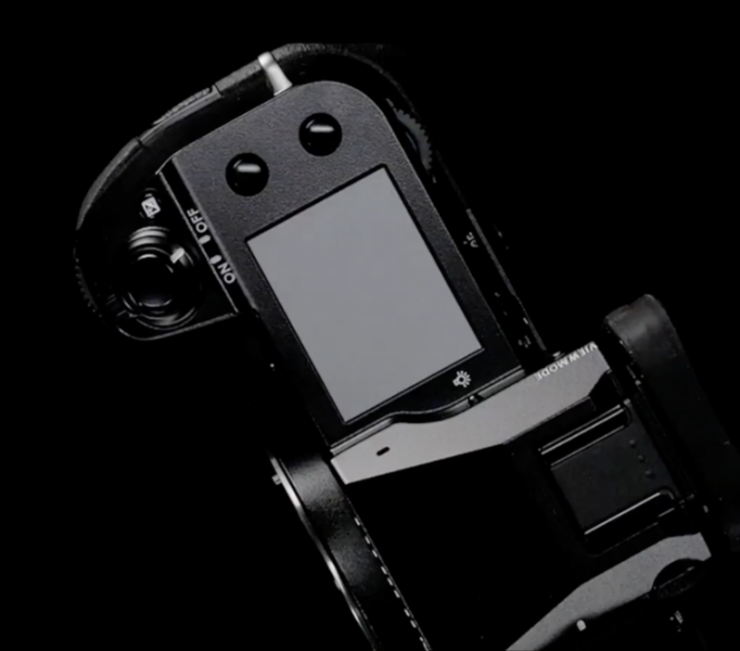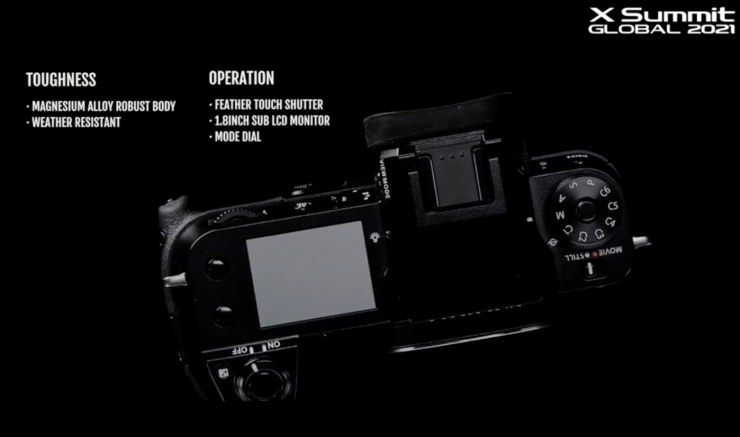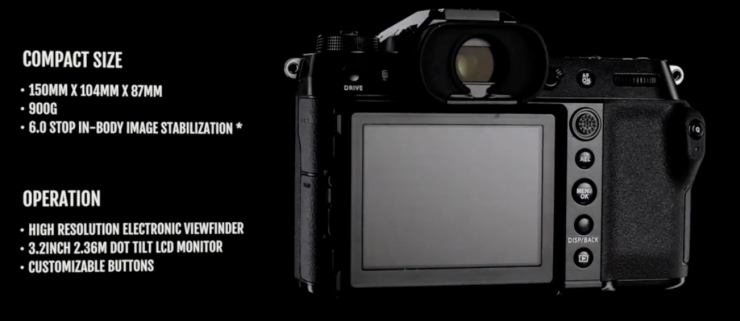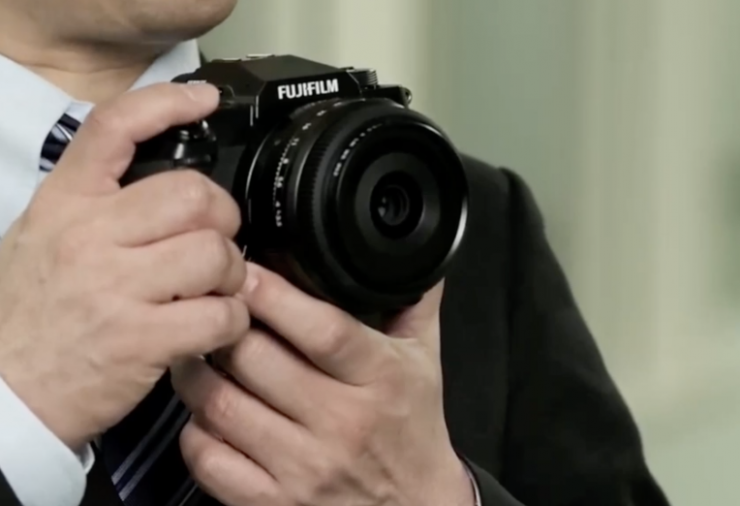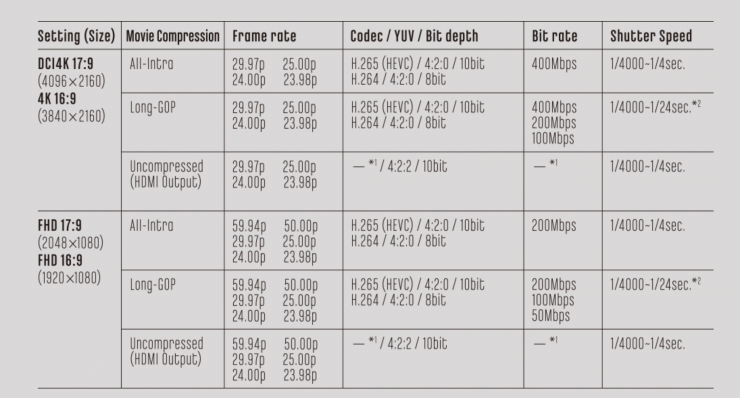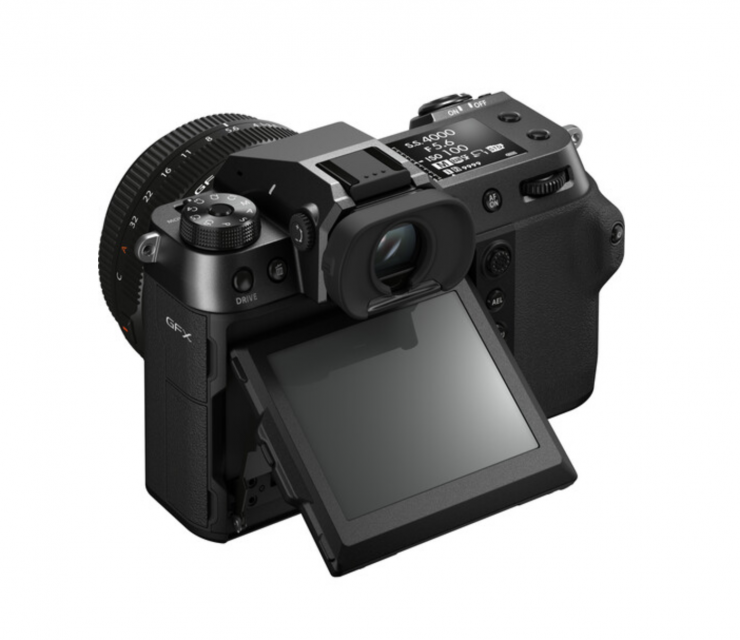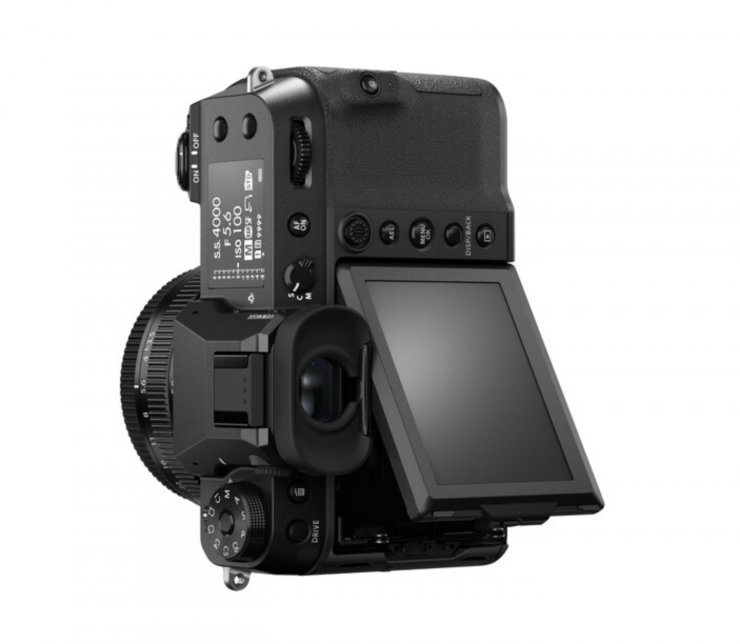Fujifilm has announced the GFX100S, a follow up to their 100MP GFX100. What Fujifilm has essentially done is to shrink the GFX100 and massively reduce the price.
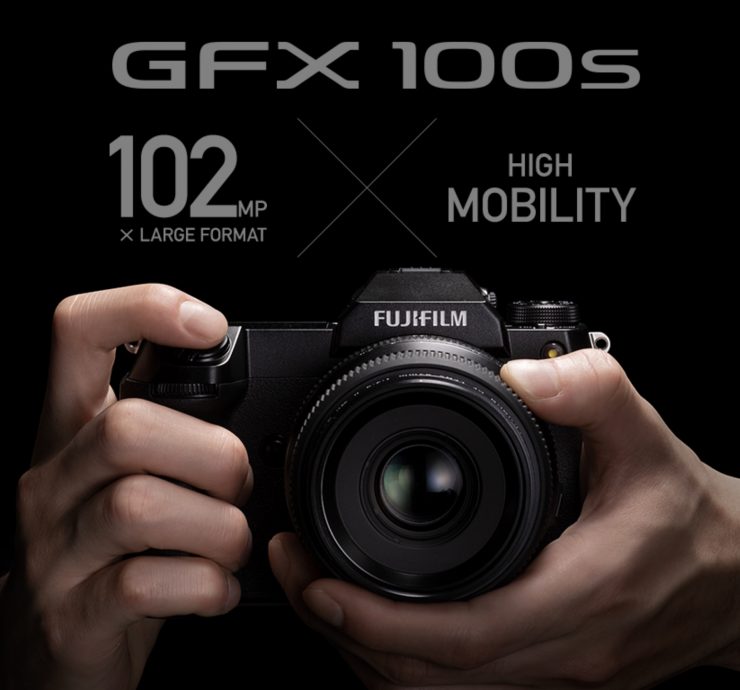
It is impressive that Fujifilm has been able to put a medium format sensor in such a small camera body.
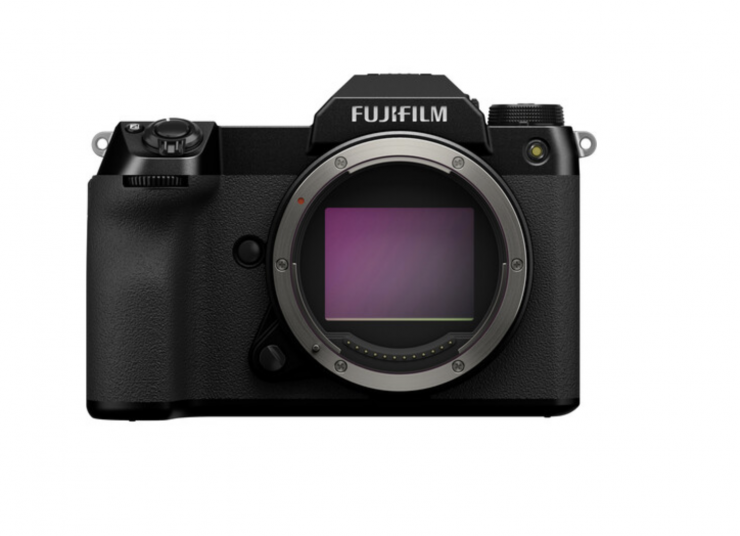
Key features
- 102MP 43.8 x 32.9mm BSI CMOS Sensor
- X-Processor 4 Image Processor
- 4K30 Video; F-Log Gamma, 12-Bit Raw Out
- 3.69m-Dot OLED EVF
- 3.2″ 2.36m-Dot Tilting Touchscreen LCD
- 5-Axis Sensor-Shift Image Stabilization
- 425-Point Phase-Detection Autofocus
- ISO 100-12800, Up to 5 fps Shooting
- 400MP Pixel Shift Multi-Shot
- 19 Film Simulation Modes
Medium Format goes on a diet
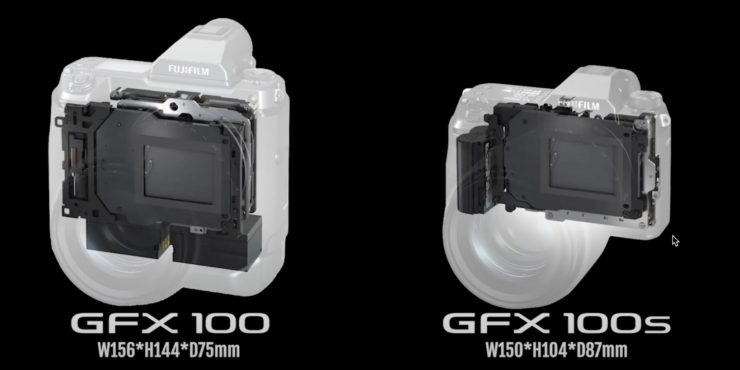
Fujifilm has shrunk the camera down to just 1.98 lb / 900g, which means it only weighs a few hundred grams more than most compact full-frame mirrorless cameras. As a comparison, the GFX100 weighs 3.08 lb / 1400 g (Body with Viewfinder).
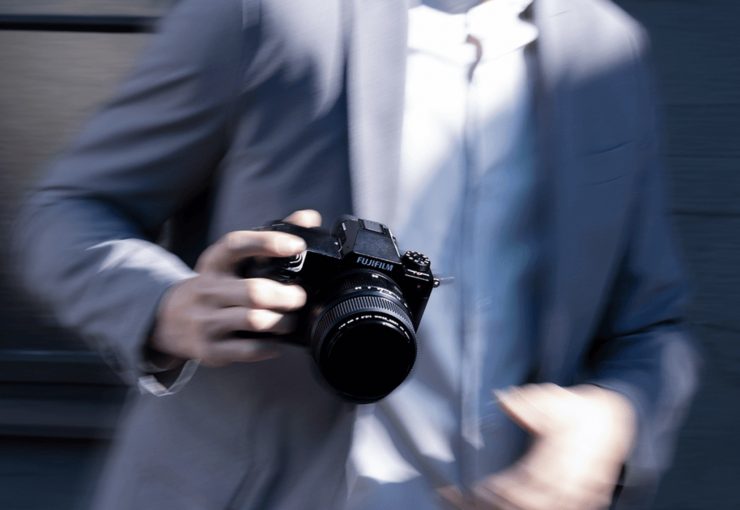
Same Sensor as GFX100
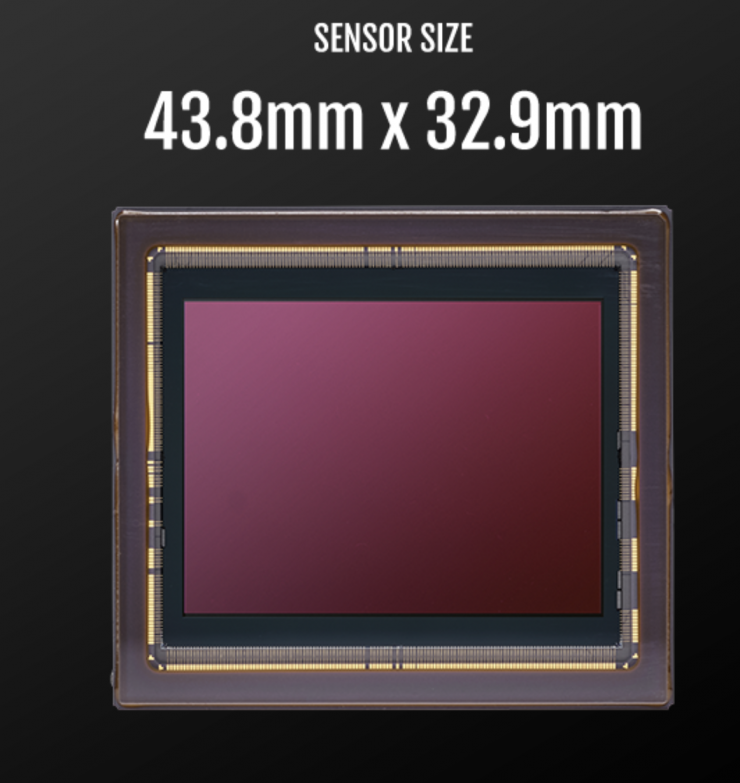
Fujifilm has taken the exact same 102MP (43.8 x 32.9 mm) BSI CMOS sensor that is found in the GFX100.
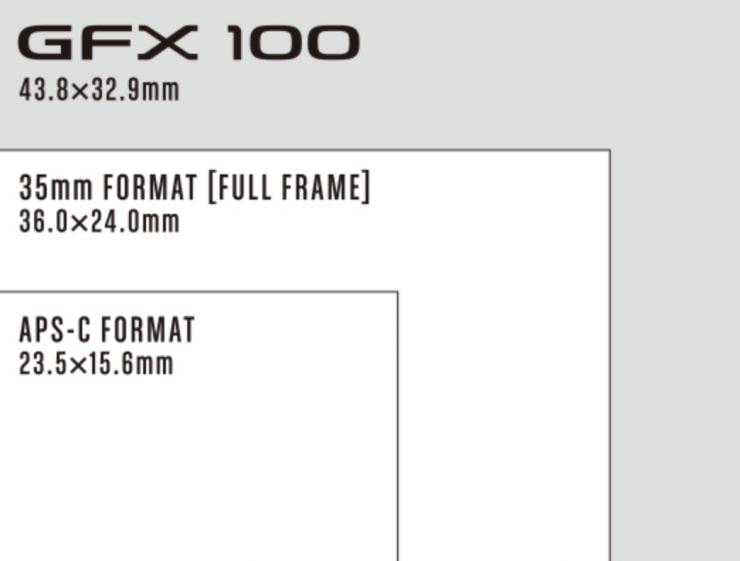
Fujifilm, which has been working on medium format cameras since the film era.
Video Specifications
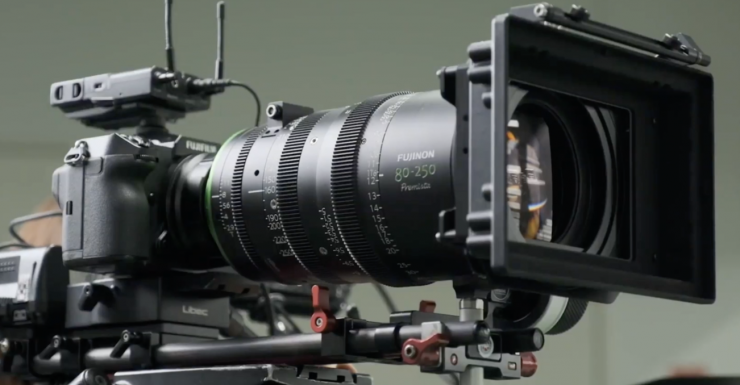
The GFX100Ssupports DCI and UHD 4K video recording at 4:2:0 10-bit internally, 4:2:2 10-bit via HDMI, or raw 12-bit if recording externally. An F-log gamma setting can also be used for more advanced color grading during post-production.
It would have been nice to have seen Fujifilm upgrade the internal recording options to full 4:2:2 10-bit, but alas it is very much the same recording options that are available on the GFX100.
It also supports all film simulations, including “ETERNA,” which reproduces Fujifilm’s cinema film. It also supports the digital cinema aspect (17: 9) and H.265 / H.264 compression codecs, and the maximum bit rate can be selected of up to 400 Mbps.
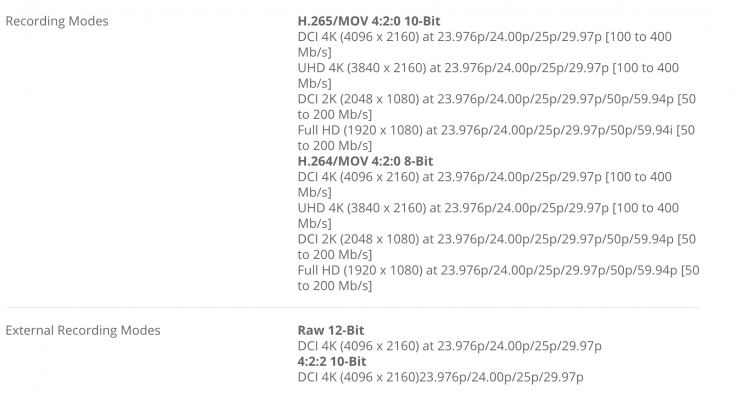
If working with an Atomos Ninja V, then you can output a UHD 4K30p RAW signal that can be recorded as ProRes RAW. Unfortunately, the camera has a micro-HDMI output and not a full-sized port.
HLG recording is supported, too, for HDR applications, and F-Log, HLG, and Film Simulations can all be used simultaneously with the RAW external output.
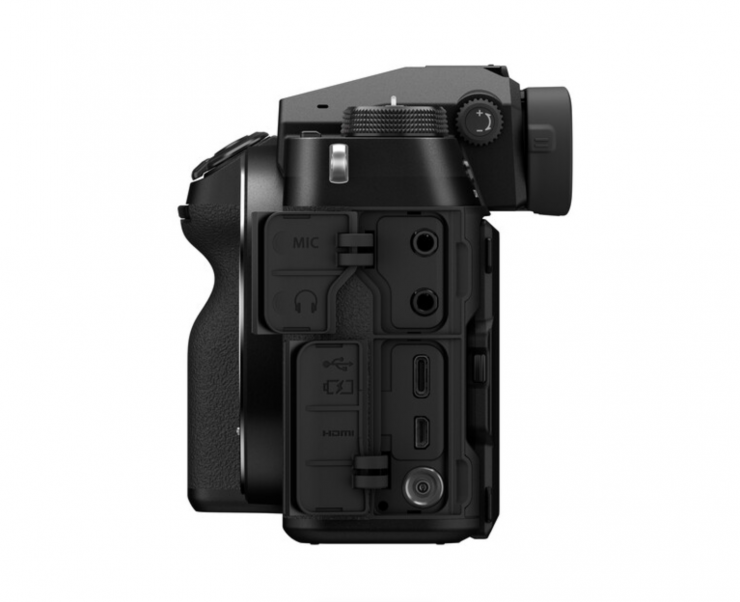
The camera has a 3.5mm microphone jack and 3.5mm headphone jack.
Film Simulations Modes
The following Film Simulation Modesare available:
- Nostalgic Neg. effect
- Provia
- Velvia
- Astia
- Classic Chrome
- Classic Neg
- Pro Neg. Hi
- Pro Neg. Standard
- Eterna
- Eterna Bleach Bypass
- Acros
- Monochrome
- Sepia
Additionally, Grain Effect can be adjusted as well as Classic Chrome effect to fine-tune the look of imagery.
Autofocus Improvements
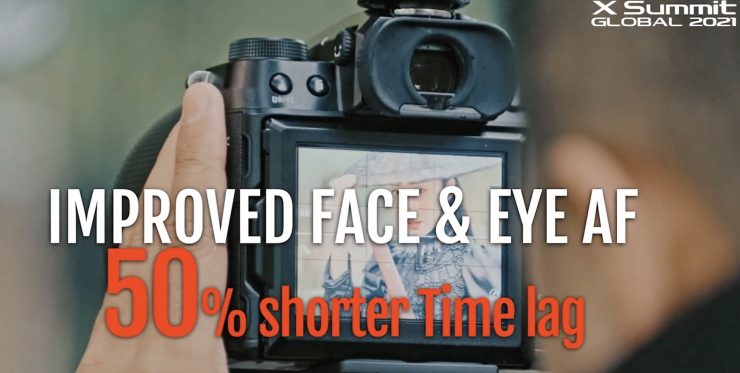
Fujifilm claims that the autofocus has been greatly improved from the GFX100. The GFX100S has 3.76 million phase detection pixels and it is claimed that that the autofocus algorithm has been greatly improved.
There is also face and eye detection available.
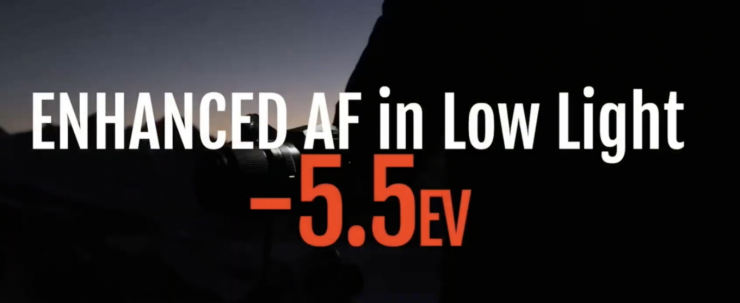
Fujifilm also claims that the AF works at -5.5EV.
LCD Screen
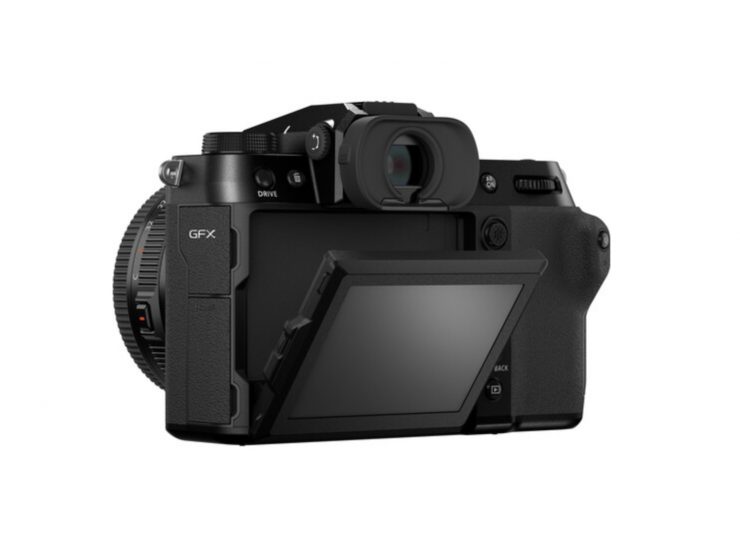
The GFX100S has a 3.2″ 2.36m-dot touchscreen LCD. This LCD features a unique three-way tilting design that moves both upward and downward for shooting from high and low angles, and also tilts to the side to benefit shooting in the vertical orientation when in live view.
Battery Life
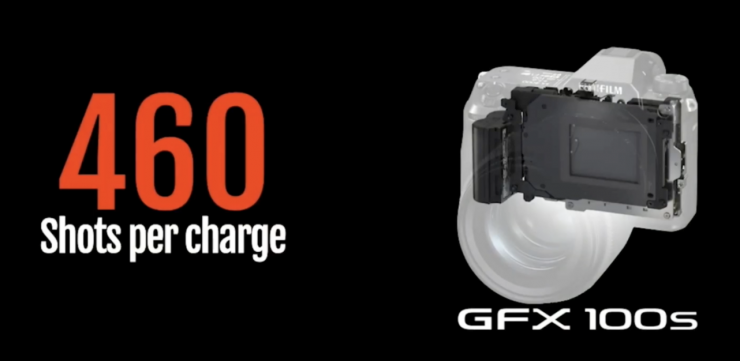
According to Fujifilm, the GFX100S can get up to 460 shots per charge.
Price & Availability
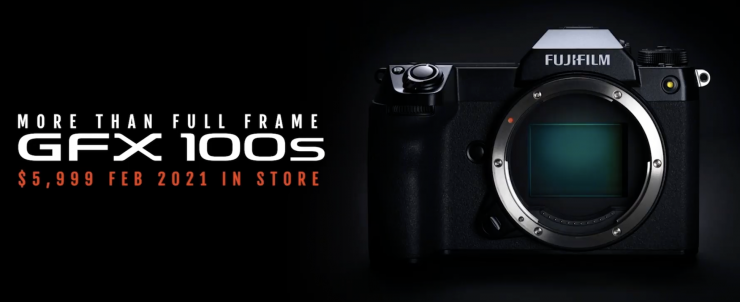
The Fujifilm GFX100S will retail for $5,999 US. It will be available in February. This makes it considerably more affordable than the original GFX100 which costs $9,999 USD.

